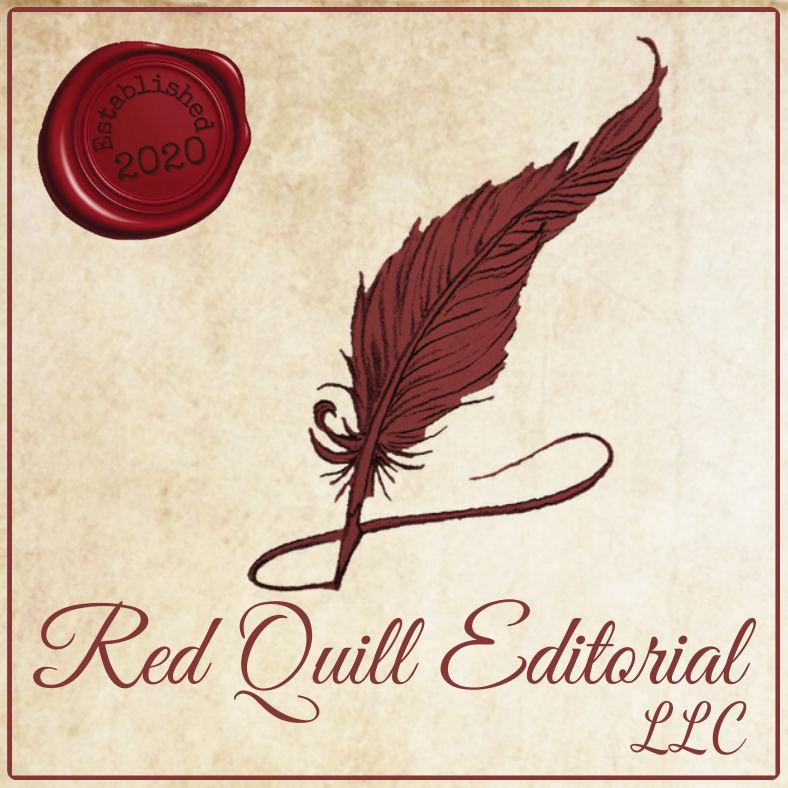(During the Writing and Editing Stages)

While I am happy to help you with any formatting issues, following the guidelines below will help you during the writing stages and also significantly reduce the editing turnaround time of your manuscript, thereby reducing the cost. Keep in mind that these are suggestions, not hard and fast rules, but most editors will agree with these formatting tips.
***Note that the specific instructions for certain points on this checklist are geared toward Microsoft Word.
Skip to Specific Topics
Send a Single File
Please, please, please do not send your manuscript to your editor piecemeal. Your editor is likely going to combine all the separate files anyway, charging you more for their time doing so. This is so we can more easily search the document and ensure consistency with spelling and style choices. Save yourself money by sending your entire manuscript in a single file.
There is an exception to this rule, of course. Let’s say you are writing a nonfiction book with several graphs, charts, and images. In addition to them inadvertently shifting as your editor works on your manuscript, this larger-data document will take an incredible amount of time both to send to your editor (possibly requiring an outside cloud-based program) and for your editor to open it on their end. It also increases the likelihood of crashes, causing wasted or lost time, which you will be paying for. In this case, send your written manuscript—in which you have clearly marked placeholders for your images—and your images separately. Make sure the images are titled appropriately so your editor can follow along with what goes where.
File Format
You can write in whatever program you prefer, but your editor will most likely want a .doc or .docx file when you send your manuscript off to them. This is what Microsoft Word automatically creates when you hit Save. If you do not own Word or you wrote your manuscript in another program, don’t stress! If the program you used does not allow you to save as a .doc or .docx file (many do!), you can use a cloud-based program such as Google Docs to upload your manuscript and then redownload it in the proper format.
Standard Page Size
When opening a new Word document, your page size and margins should automatically be set to 8.5”x11”, left-justified alignment, with 1” margins all around. You can change these under the Layout tab, but there’s really no need to mess with this until you are in the design stage.
Page Numbering
There’s also really no need for page numbers at the editing stage, although you will want them for the design stage prior to publishing. The standard choice is to number your pages on the bottom center, but it’s really a stylistic choice that’s up to you. Typically, the front matter uses lowercase Roman numerals and the body and back matter all use standard numerals. This can feel complicated or even impossible to figure out how to use two different types of numbering in one document, but I have laid it all out for you right here.
To Number the Front Matter
Insert tab > Page Number > Format Page Numbers

Number Format: i, ii, iii, … > OK

To Select Where the Page Numbers Appear
Insert tab > Page Number > Page Number (again)

Choose desired Position and Alignment > check or uncheck “Show number on first page” according to your desire > OK

To Number the Body Pages
On the page prior to the one you want to begin numbering, select the Layout tab > Breaks > (Section Breaks) Next Page
***Note: This is the most important step to numbering your body pages separately from your front matter. Do not skip it!

On the page you want to begin numbering, Insert tab > Page Number > Page Number (again)

Select your desired Position and Alignment > check Show Number on First Page > then click on Format…

Select the standard Number Format and Start At: 1 > OK

Title Page
As the first page of your manuscript, this page should include your title, subtitle, and byline. Some authors also like to include word count and contact information (email and phone number), but it’s not necessary.
Font Size & Style
Leave the fancy font for the design phase. The focus right now is on readability, and if your editor can’t read it, they can’t edit it. They will charge more for their time spent correcting this issue that you likely put a lot of time into playing with and perfecting. You can select these features on the Home tab. I recommend using black, 12-point, Times New Roman or other standard font.

Line Spacing
Using the double-space setting on your entire document creates an easier read, allowing your editor to catch more errors.
Home > Line Spacing > 2.0

Paragraphs
Format your paragraphs according to genre standards. Fiction usually has half-inch indentations at the beginning of each paragraph (except for the first paragraph in each chapter), while nonfiction typically has full paragraph breaks (a hard return) with no indentations.
If you are using indentations, do not use the tab button on your keyboard. If anything changes during editing or the design phase, you will have to change each of these one by one, causing a serious headache. Instead, use the Styles panel on the Home ribbon in Word.
Home > Normal (right click) > Modify

Format: Paragraph

Indentation: Special: First Line > 0.5″

Style Consistency
The Style Function on the Home ribbon should also be used to format your chapter titles and headings to maintain consistency throughout your manuscript. (Hint: This will allow you to use Word’s automatic Table of Contents tool, which I will cover next.) To create a particular style, type out your heading, subheading, quote, body, or whatever type of style exactly the way you want it with font, size, and color.
Place your cursor on what you just typed > right click on the style you want to edit > select Update X to Match Selection (where the X stands for whichever style you are wanting to update)

Table of Contents
If you have used the Styles Pane, you will be able to use Word’s automatic (and clickable!) Table of Contents tool as well!
References tab > Table of Contents > select desired style

To update an existing Table of Contents, navigate to the References tab > Update Table > Update Entire Table > OK

Sentence Spacing
A single space after periods is the new standard. Even if you were taught to use two (like I was), no one does that anymore. Seriously, look at your favorite book. I can practically guarantee they only used one space between their sentences. Save your editor the headache and yourself the extra cost by only using a single space between sentences.
Scene Breaks
In fiction, you will likely have several scenes in each chapter. To keep from confusing your reader, you will want intentional breaks between scenes. While some opt for a simple hard return (full paragraph break), I highly recommend using the standard *** between scenes as shown below. (The * is made on a Mac by holding Shift and pressing the number 8.)

This removes any ambiguity about whether or not you meant to break up those two scenes. Not to mention, if the end of one scene happens to fall at the bottom of a page, it would be difficult for the reader to know that and may cause some head-scratching. The *** can be updated to something fancier during the design phase.
Columns & Section Breaks
In nonfiction, you may have different sections that require breaks. In this case, the most common way to signal this is to use headings and subheadings to break up the content. As a bonus, this helps your reader return to key pieces of information more easily.
However, sometimes you may need actual breaks in the content, such as with columns or when you want to control where exactly the content goes.
To create columns, select the Layout tab > select the number of columns you want

To insert a section break, select the Layout tab > Breaks > select whatever type of break you desire

Page Breaks
Using several returns between chapters isn’t going to cut it in the long run. If you or your editor make any changes such as font type or size, line spacing, corrections to spelling or grammar, or rewrites, it will affect the entire manuscript. Suddenly, your chapters begin halfway down the page or somewhere random. Instead, use page breaks between chapters.
Place your cursor at the end of your chapter > Insert > Page Break

Additional Resource for Formatting
Episode 19 of The Editing Podcast also discusses how to prepare your manuscript for editing.
Red Quill Editorial LLC

Think you might be ready for an editor? If you’re unsure what type of editing you need, want to know how much it might cost, or simply have a question for me, Contact Me today. I am happy to discuss your manuscript with you!
Return to the Tips for Writers index


